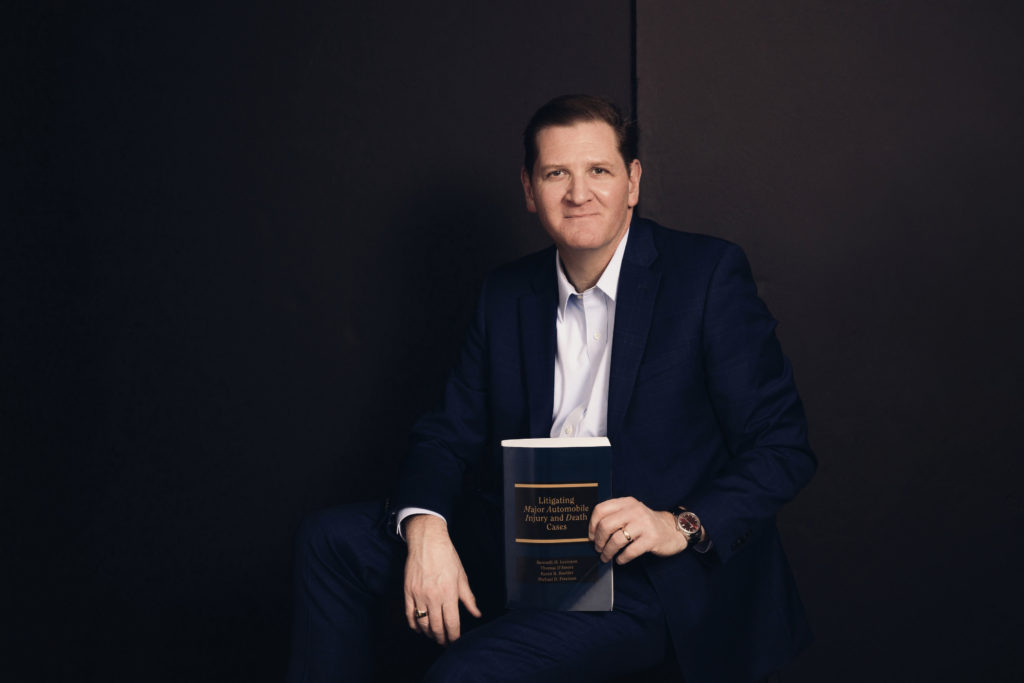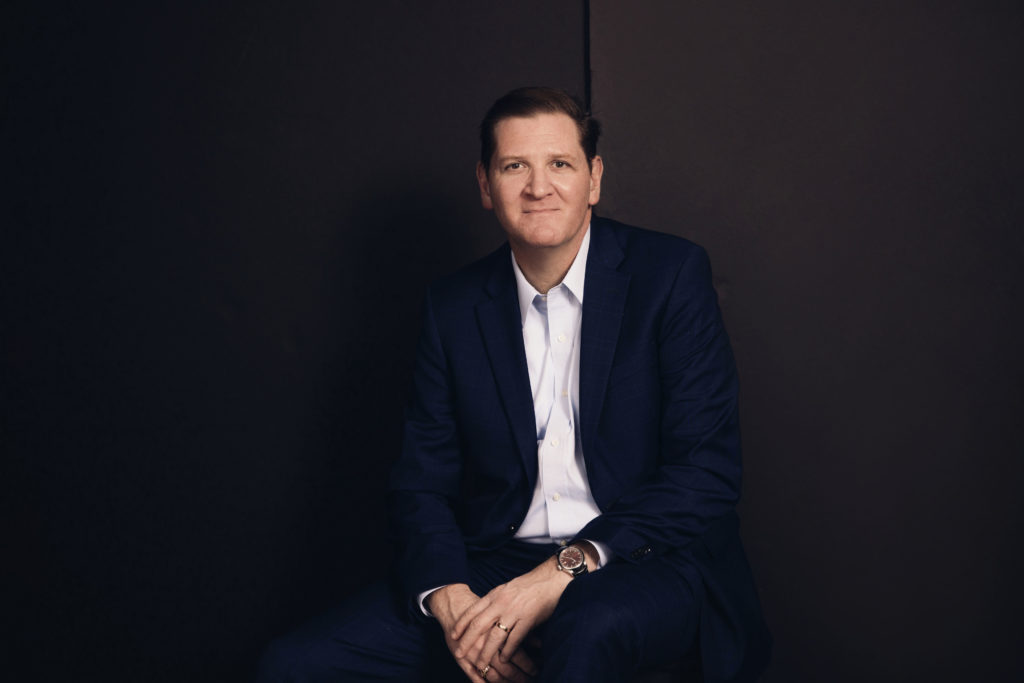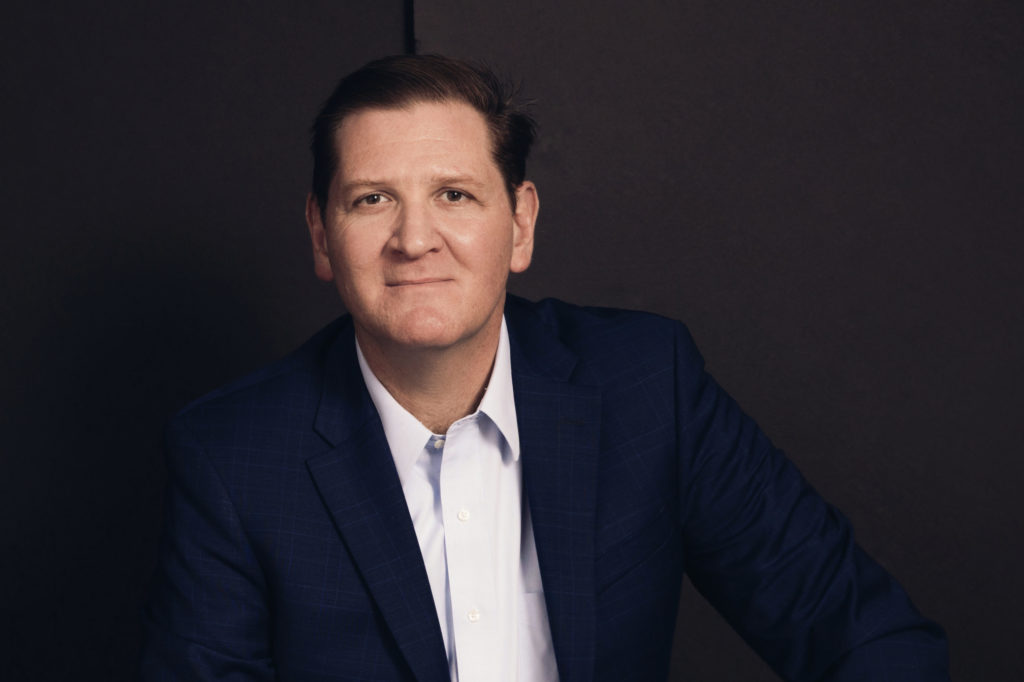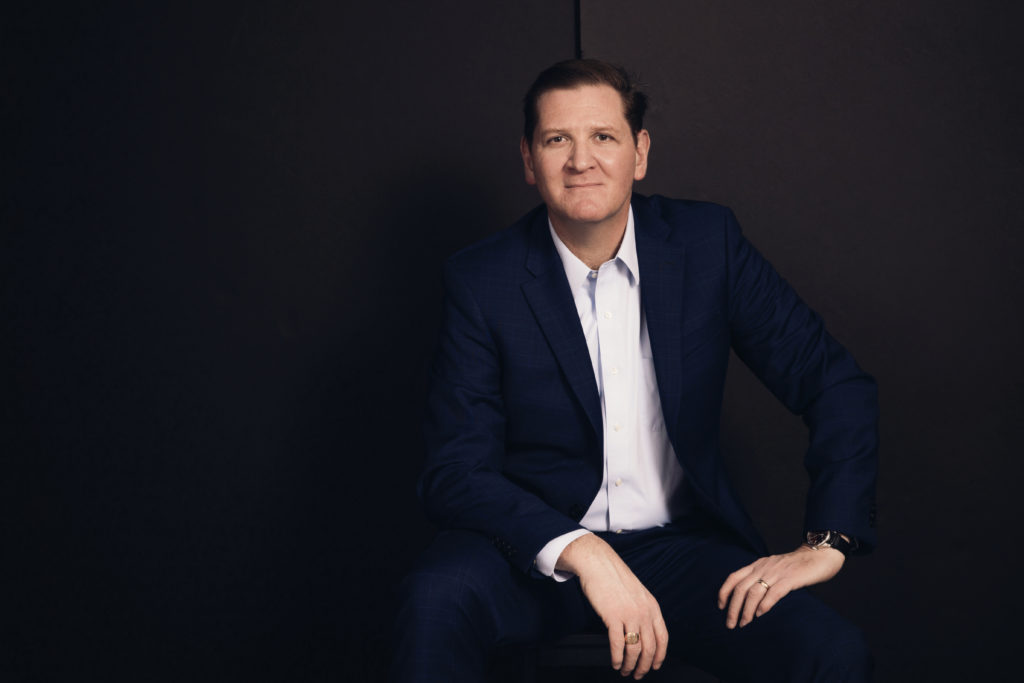Trucking industry complaints against small and large verdicts have been released in a new American Transportation Research Institute report, stating that even verdicts of less than $1 million have a lasting, cumulative effect on the industry, allowing it to experience significant financial strain.
The report also made sure to point out that trials consisting of cases involving deaths or injuries lead to larger awards, although it is unclear why this isn’t a no-brainer.
“The reality is that a jury and a judge hear evidence to value a case, and many times, families are left devastated and people are killed,” explained Ken Levinson of Levinson and Stefani. “Then, the verdict is high because the consequences and damages are so high due to unsafe behavior. I think any complaints against this are all propaganda to make more money for the insurance companies.”
In ATRI’s study, named “The Impact of Small Verdicts and Settlements on the Trucking Industry,” ATRI worked to dive into expensive litigation outcomes and the impacts even smaller awards have on motor carriers.
“While cases of this size are not individually as devastating to motor carriers and thus do not attract the attention of media outlets, in aggregate, they have a significant negative impact on the trucking industry,” the group said in its study.
Levinson noted that pointing to smaller cases that have deeper impact on the industry is tactical, and doesn’t give an accurate outlook of this particular litigation landscape.
“It’s more propaganda for the trucking industry to save money,” he said. “They’re using examples of outliers and distorting the facts to propagate their agenda and scare people.”
ATRI’s study had support from one attorney of Carlisle, Pennsylvania transportation law firm, Marcello & Kivisto LLC.
“This analysis proves a theory that I have always had: there are two markets as to the value of cases–the settlement market and the trial market,” firm attorney Doug Marcello, who worked with ATRI in its report. “There should be one market, and that is what a case is objectively worth.”
Levinson explained that this belief has little basis in the reality of the legal process.
“That’s absolutely absurd,” he said. “There is no objective value of a case—that’s why we have juries. This isn’t like a breach of contract, where the contract was made to provide a good or service for a million dollars and someone made a breach in contract. We’re talking about human lives—there is no objective value. That’s why we have a jury of unbiased citizens in the community hearing the evidence and assessing what they think the value is.”
In its report, ATRI claimed that cases involving severe injury have high average verdicts of around $368,237, and that cases involving deaths have the highest average verdicts of around $607,532. It also lamented findings that settlements typically lead to larger verdicts than jury cases.
“All sides present their case in a fair courtroom, and the jury, based on the evidence and facts, decides what they believe is fair and reasonable,” Levinson explained. “The other premise is that there’s a difference between settlement value and trial value—of course there is. Because there’s no objective value of a case, all sides of the equation evaluate the facts and the evidence and assess what they think a jury would do and they settle a case based on their best estimate and the assessment of risk. That’s why it’s different.”
Of course, cases involving any severe injury or fatality are deserving of large verdicts to mitigate those medical costs as well as the trauma endured.
“That’s why we have a jury of unbiased citizens in the community hearing the evidence and assessing what they think the value is,” said Levinson. “If there was an objective value, we could just plug it into a computer and it would spit out a number. There is no such thing; that’s like saying there is an objective value as to who should have won the last ten presidential elections. That’s why human beings make decisions. When you’re evaluating the death of a spouse or a child or a loved one, there’s no one objective value. That’s not how life works.”





